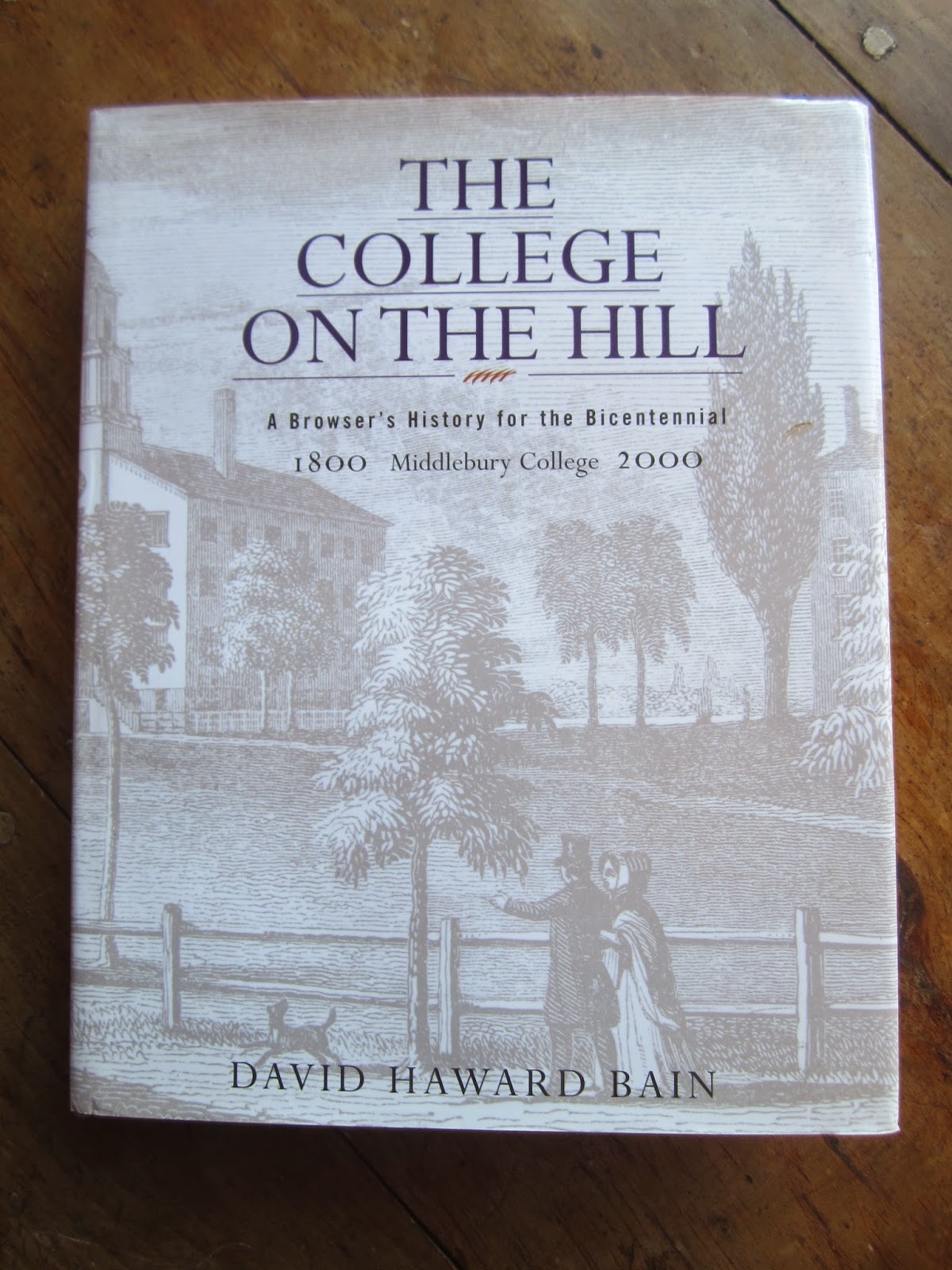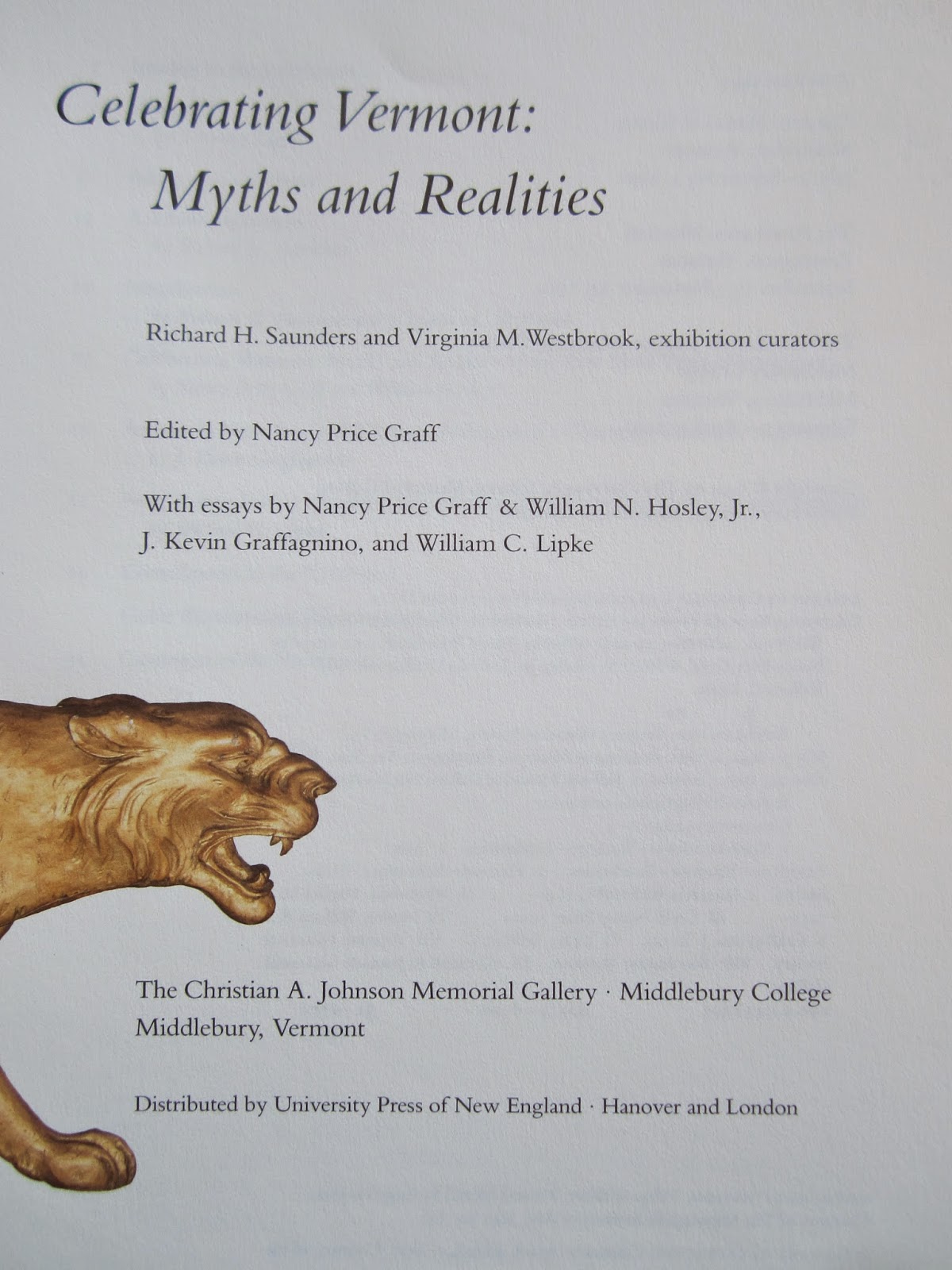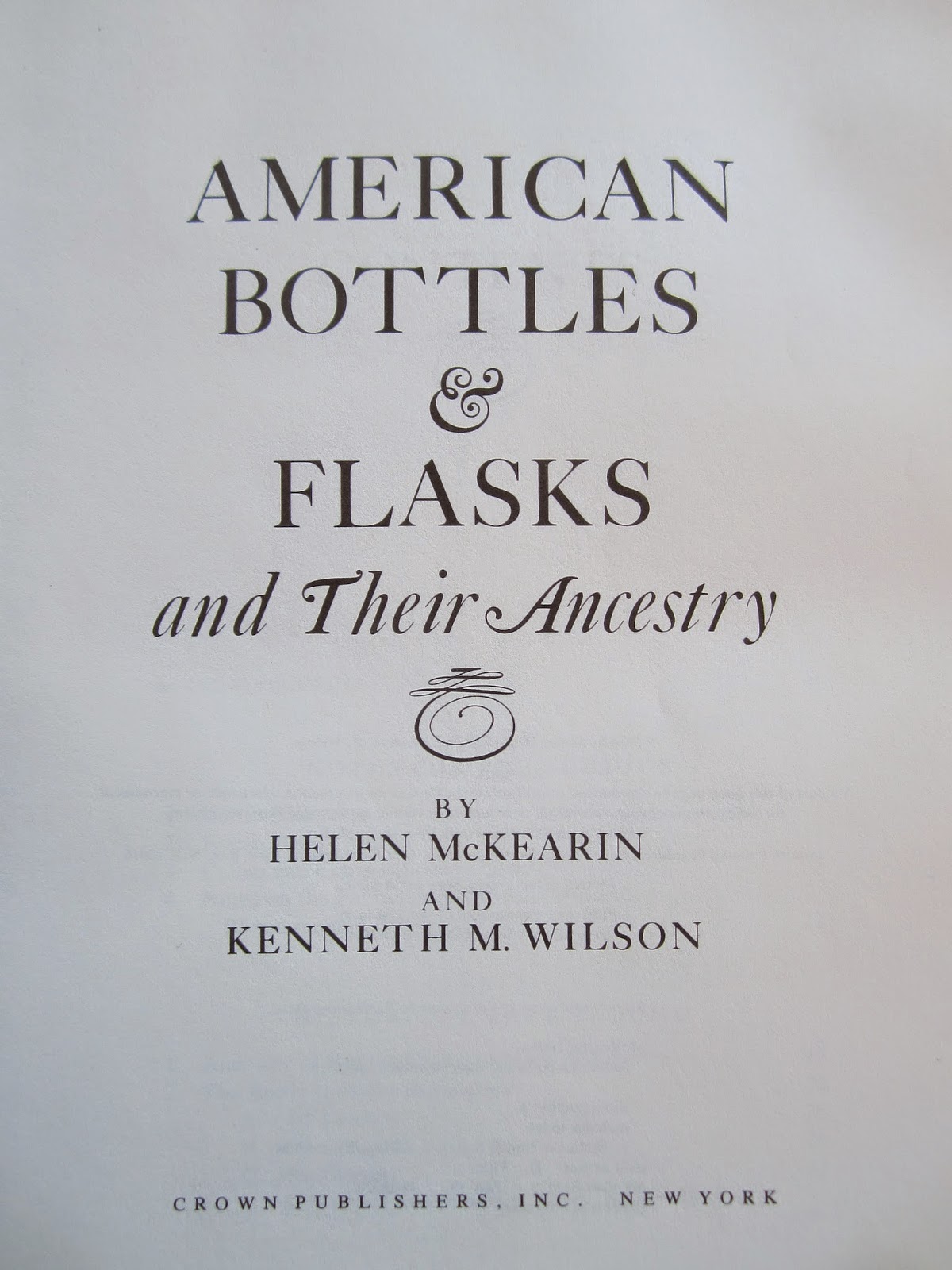Old New England Glassware in the Home
Part Five
"Old New England Propensity"
The
Propensity... of Anglo-Irish
glassware... in the old New England home
Fries
me.
I...
WELL
IF IT WERE NOT THERE THEN IT WOULD NOT BE THERE.
Right?
BUT
IT IS THERE: It is a glassware in
the old New England home. Until.
“Until
what?”
...
...
Until
a ‘someone’ ‘cleans out’ (usually either a ‘kitchen’ or a ‘dining room’)
cupboard. And that someone IS you
(including ‘a man’s job’) or... is your mother... is your grandmother.... ? IS IT?
No. It’s usually me or my ilk who ‘get it’ ‘in the end’. “In the end” is that brief window of
time where an ‘old home’ is ‘cleaned out’. If one has a two hundred and fifty year old home that one is
‘cleaning out’ to “SELL” (‘the house’), the three day “YARD SALE (or et al) IS
a ‘brief window’.
Now...
by fair reckoning, that single odd iota of beat-up, chipped and worn glassware
IS STILL ‘in there’ before the... ‘brief moment’ so:
SO?
Someone...
or someones... did once... know and care and did consciously ‘keep that”? The propensity of survival in the
cupboards of old New England homes of Anglo-Irish glassware is... that... and
is... doing just fine until some idiot comes along and... either ‘throws it
out’ or ‘abandons it’. Beats me
but carrying the same ratio as the two hundred fifty year old house to the
home’s three day tag sale (‘brief window’)... the propensity WAS... this ratio
shows... ‘to keep’ ‘it’ (“that single odd iota of beat-up, chipped and worn
glassware”)...
And
I have found this out
Over
the years
Of
doing this (an antiquarian finding Anglo-Irish glassware in old New England
homes).
Most
of it; this Anglo-Irish glassware that I find, is from the ‘Federal Period’ of
New England ‘settlement’. That is,
by date, 1790-1815. The better
homestead (‘center chimney cape’) pushed ‘log cabin’ ‘out’ (of New
England). Federal era Anglo-Irish
glassware was... intentionally... imported... intentionally... as middle class
accessible glassware... intentionally... to be sold to those homes.
Where
it was used, stored and saved
Ever
after
Unless
it was broken.
A
lot of times even after ‘broken’ ‘it’ was ‘kept’.
That
is the propensity of Anglo-Irish glassware
In
the old New England home.
The
propensity
Of
the ‘NEW’ (our current; today) New England home is to
“Get
rid of that”.
This
is not conscious choice or ‘any else’.
It
is ‘just done’
Eve
and Bing (Part One)... if they ‘had’ a ‘that’... did
“Get
rid of that”.
...
What
if they do ‘have’ a ‘that’; an ‘it’?
How
could that be?
Well...
a long, long, time ago when glassware in the old New England home was (first
era) ‘cleaned out’... the ‘they’ ‘moved’....(note that word)....
‘everything’. Or ‘they’ just
stayed in their THIS house... ‘with everything’. The ‘NEW’ New England intellectual imperative of ‘cleaning
out’ and ‘get rid of it’ was a ‘not’ back then (first era clean out). That’s how Anglo-Irish glassware became
a ‘still in there’ of old New England homes. It was... ‘still there’. The first glassware in New England was... and is... still
here. One... just has to ‘know’
That
maybe...
Just
maybe...
THAT
old looking old beat up and looking beat up and old is
An
‘is something’
“I
should keep?”
I
don’t care if you keep it or not.
Just don’t make me drink out of your
Crummy
Juice
glasses. (Part One)
Propensity...
in old New England glassware in ...1815...:
Starts
with Anglo-Irish glassware, as a design form, appearing in
The
old New England home ah...
HEARD
OF THAT you say?
What
is THAT you say?
Anglo-Irish
glassware is ...clear...; again... clear... glass... metal... hand ‘blown’ and
shaped, cooled and then decorated by ‘cutting’ to create
Anglo-Irish
clear lead glass glassware with cut glass decoration “I
Like
it” she said. In her New England
Federal era home.
Propensity
in old New England glassware in ...1815...
WAS
THIS and... the
Propensity
of “I
Can
too make... clear... glassware... too.”
?
The
stumbling block of old New England glassware in the home: “Clear”
Glassware. “Ah...: I don’t know about that.”
We
are talking about a metal made with sand, wood, rum and men. I mean... the MEN pee behind trees at
the edge of the forest. For clear
glass metal one requires ‘pure’.
That means the peeing men need to wash their hands when they ‘come
back’. That
Is
impossible, including rum, to do; wash the hands
Wash
the sand
Note
the wood bark flakes
Dropping
in the mouton metal that
Turns
clear into, well... ‘colored’ glass metal. “BOTTLE GLASS” “color”; the ‘olive-amber-green-ish-is’ from
NOT controlling the dropping in.
That’s is why the bottle glass is ‘that color’. A substitute of NEAR perfection of
‘clear’ was accepted with ‘bottle glass’ “soda lime” ‘aqua’ that kept most of
the bark flakes out but, ah... there was always problems with the ‘pure’
sand... on the beach
Or
from a river bank. “Bottle glass
aqua” is the blue and green ‘tints’ to, ah... NOT clear glass.
Propensity
of clear glass you say?
“Crazy
man.” you say?
I
got one
By
propensity... at age seventeen and with a Union College degree, Henry Rowe
Schoolcraft matriculated, sort of, to Middlebury College and, more precisely,
to Lake Dunmore that is just south east of East Middlebury, in the woods, at
the base of the mountains and has... a sandy beach. Schoolcraft is, then, a young New England crazy man whose
father was a ‘glass maker’. He
liked, was interested in and pursued chemistry and chemists while... responding
to the use of ‘available natural resources’ that could be used by a chemist to
Make
glass metal to
Make
CLEAR glassware
“Just
like in England”
Propensity...
of a crazy young chemist in the New England woods influenced by his glass maker
father and ...chemists at Middlebury and ‘at Yale’: “WE CAN MAKE
Clear
glassware
Just
like they do in England”.
“Ok.”
So...
and out of the slot... to “make” ‘CLEAR’ glass metal is at LEAST five times as
hard to make... five times as LITTLE... of that metal... than it is to make
‘hot buckets’ of ‘dirty’ ‘bottle glass’ metal... especially by a lake in the
New England woods.
OK
so they did make ‘some’ clear metal.
And... like... Schoolcraft made some ALMOST clear glass chemistry
equipment for the chemist at Middlebury and ah... they made a bunch of regular
bottle glass bottles too ‘good luck with that’.
The
up-beat about doing this was over pretty quick and the down beat of LOOSE MONEY
guided the venture to an ‘it failed’.
JUST in the nick of time a New Hampshire glass making venture notably
including Schoolcraft’s father... hired Henry to go at it (make clear glass)
there (Keene, NH, Marlboro Street Glassworks). Again... the word is ‘clear’.
WHY
clear?
Because
that is what the ENGLISH are SELLING and... ah... “I
like it” she said.
In her New England Federal era home” (quoted from above).
Henry
...went to Keene and made clear... glass
With
the same results; pounding debt and poor product production. Bark, leaves, bugs, rum soaked men,
horse manure and ‘everything else’ was always tainting the skimpy mush of clear
glass metal. BUT they (“KEENE”)
DID MAKE
Clear
glass... ware; mostly bottles (“Decanters”)
That
are now and WERE THEN TOO... unique productions... in absolutely
New
Hampshire forest made... ‘brilliant’ clear ‘flint’ glass... for her:
“I
like it” she said. In her New
England Federal era home.
Anyone,
may, today, purchase ‘one of these’ or, like I... actually
FIND
‘one of these’
For
pittance at a ...three day tag sale... at a old New England home. (the last two I purchased for $1.00 and
$2.00 respectively. No one ‘batted
an eyelash’.
“Of
course not, Dear.”
Two
years later, at Keene, (1817), Schoolcraft was ‘gone’... ‘out west’ to write
his famous book “A View of the Lead Mines of Missouri” (1819 with two
lithographed and ‘folk-art-ish’[“little jewels”] plates). That is what he is known for in the
‘Goggle that’ world. His father
was deeply in debt past ‘broke’.
Keene glass making turned to ‘bottles’ and bottle glass and... there
after did turn a profit for a decade or two but ...no.... clear... glass. And
No
more Schoolcraft-of-glass. He
turned to “Lead” on the Mississippi River; he remained a chemist to the
end. Soooo...
Back
to
The
propensity of
Clear-glass-why.
And
then clear glass what.
And
then the clear glass
Propensity
of
Why
that what.
























Oh yes, this does go a bit beyond the yellow painted red lettered wood case of old empty Coca-Cola bottles, found in the barn back a while ago.
ReplyDelete